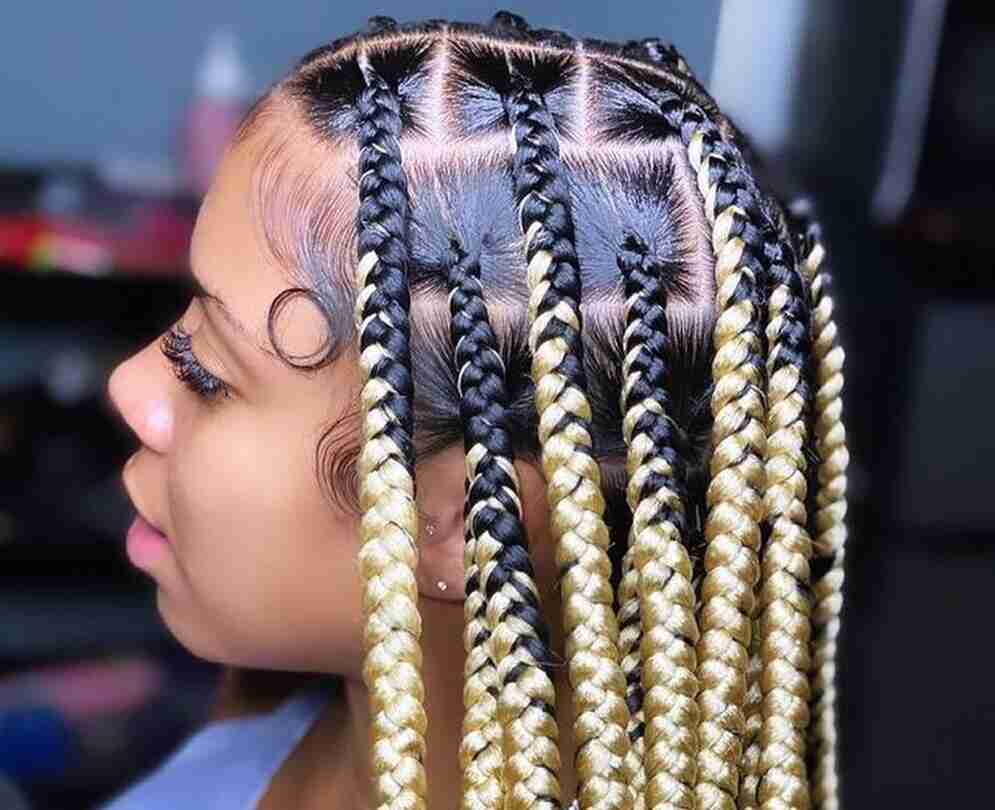Knotless braids have taken the hair care world by storm, captivating people with their flawless, natural appearance.
These braids have become increasingly popular as a versatile and stylish protective hairstyle option. However, knowing how long knotless braids can last and the reasons behind their durability is essential for maintaining their beauty and ensuring a successful hair care routine.
In this blog post, we will dive into the fascinating realm of knotless braids;
- explore their longevity,
- and shedding light on the factors that contribute to their lifespan.
- We will also take a broader look at the longevity of other popular braids.
Understanding the lifespan of different braid styles will help you make informed decisions when choosing your next hairstyle.
What are Knotless Braids?
Braids have been an integral part of human culture for centuries, with evidence dating back thousands of years. They have served as a form of self-expression, cultural identity, and even storytelling.
Unlike traditional box braids, knotless braids are designed to eliminate the visible knots at the base of each braid. This distinction gives knotless braids a distinct advantage in terms of aesthetics.
The installation process for knotless braids involves a meticulous technique where the hair extensions are gradually added to the braid, without the use of knots.
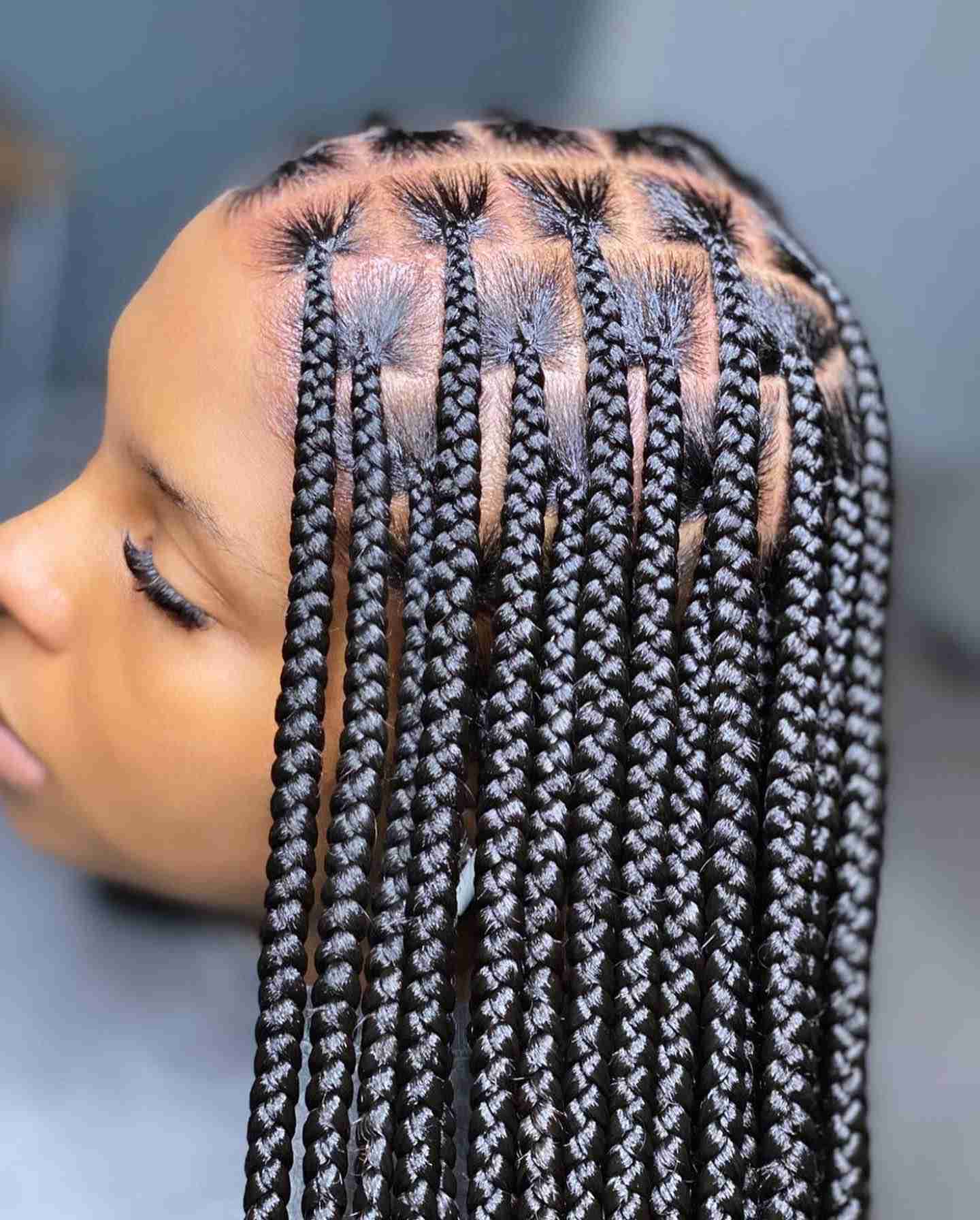
@hairspells_ - Instagram
By starting with the natural hair and seamlessly incorporating the extensions, knotless braids create a more realistic and undetectable appearance. The absence of knots not only enhances the overall look but also reduces tension and potential damage to the natural hair.
As a result, knotless braids tend to be lighter, more comfortable, and less painful compared to their traditional counterparts. With their seamless and natural-looking appeal, knotless braids offer a stylish and versatile option for those seeking a truly captivating hairstyle.
Factors Affecting the Lifespan
- Hair type and texture: play a significant role in determining how long knotless braids can last. Fine or delicate hair may require extra caution and gentle handling to prevent breakage, whereas thicker and coarser hair types tend to be more resilient and may hold the braids longer.
- Styling techniques: can impact the longevity of knotless braids. Choosing hairstyles that put less stress on the braids, such as updos or low manipulation styles, can help preserve their lifespan. Pulling the braids tightly or constantly manipulating them can increase the risk of damage and premature unraveling.
- Care and maintenance: they are essential for extending the lifespan of knotless braids. It is crucial to keep the scalp and braids clean by regularly washing with a gentle shampoo and conditioner. Additionally, moisturizing the braids and the natural hair underneath is vital to prevent dryness and breakage. Using lightweight oils or leave-in conditioners can help retain moisture.
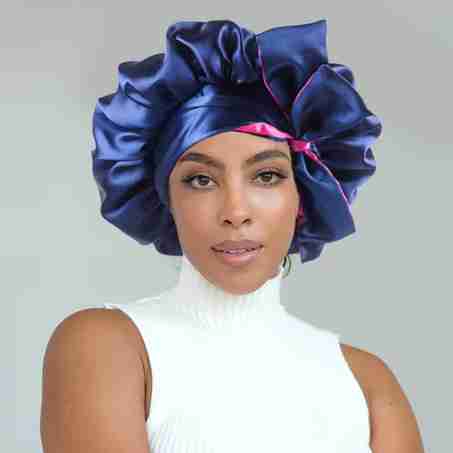
Satin bonnet for braids
Protective styling at night, such as using a satin bonnet or sleeping on a satin pillowcase, can minimize friction and prevent frizz. It is also important to avoid excessive heat styling and harsh chemicals that can weaken the braids and compromise their integrity.
How Long Do Knotless Braids Typically Last?
A general estimate of the duration knotless braids can last, based on average experiences. Variation in the lifespan based on individual factors and care routines.
The lifespan of your braids will depend on a number of factors, including how well you take care of them and how often you wear them.
With proper care, you can expect your braids to last for around 4-6 weeks.
After that, they will start to loosen and lose their shape. If you want to keep your box braids looking fresh, You'll need to re-tighten them every few weeks and make sure to use moisturizing products to keep your scalp healthy.
Factors That Can Shorten the Lifespan
While knotless braids can be a long-lasting hairstyle, several factors can potentially shorten their lifespan.
- External factors: Environmental factors like high humidity levels can cause the braids to swell and frizz, leading to a quicker unraveling of the style. Exposure to excessive sun or saltwater can also contribute to dryness and damage, affecting the overall durability of the braids.
- Hair practices: Excessive scratching of the scalp, often due to dryness or irritation, can cause the braids to loosen or even fall out prematurely. Vigorous washing, especially with harsh shampoos or rough handling, can weaken the braids and contribute to their unraveling.
- Hair growth: he new growth at the roots may cause tension on the braids, leading to strain and potential breakage. It is essential to maintain proper hair care practices and consider scheduling regular touch-ups to address new growth and maintain the integrity of the style.
- Braid type: Both raw hair and virgin hair have their advantages and disadvantages, but ultimately the quality of the hair you choose will directly correlate to how long they last. Once you find a supply you like, purchasing PLE’s braided hair in bulk is a smart way to stay stocked with premium options.
Longevity of Other Popular Braids
Box Braids
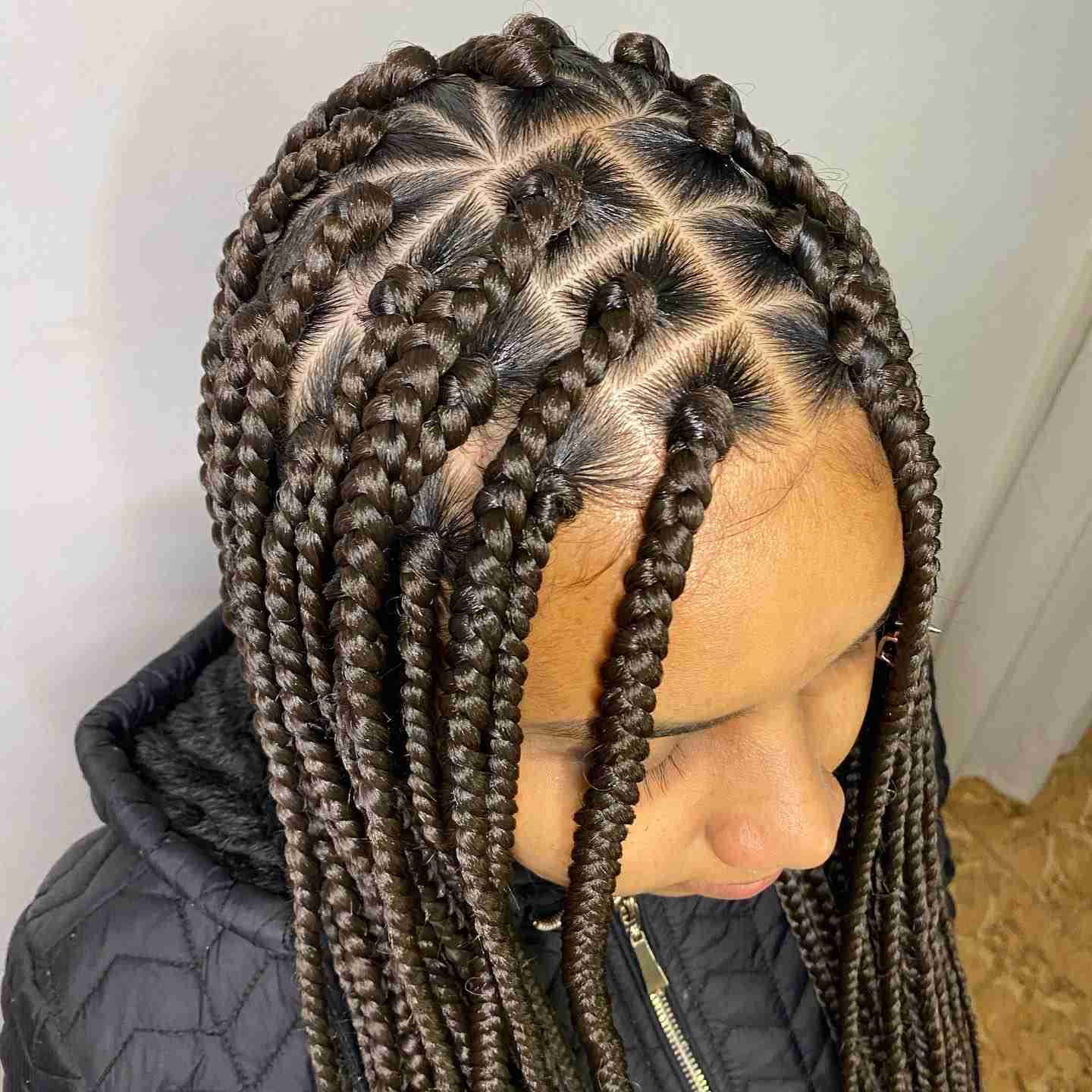
@espacofelina - Instagram
Box braids, characterized by their distinctive square-shaped sections, are known for their longevity.
With proper care and maintenance, box braids can last anywhere from 4 to 8 weeks.
The key to maximizing their lifespan lies in ensuring the braids are not overly tight during installation, as this can lead to tension and breakage. Regular moisturizing of the scalp and braids, as well as avoiding excessive manipulation, can help maintain the integrity of box braids and prolong their lifespan.
Cornrows
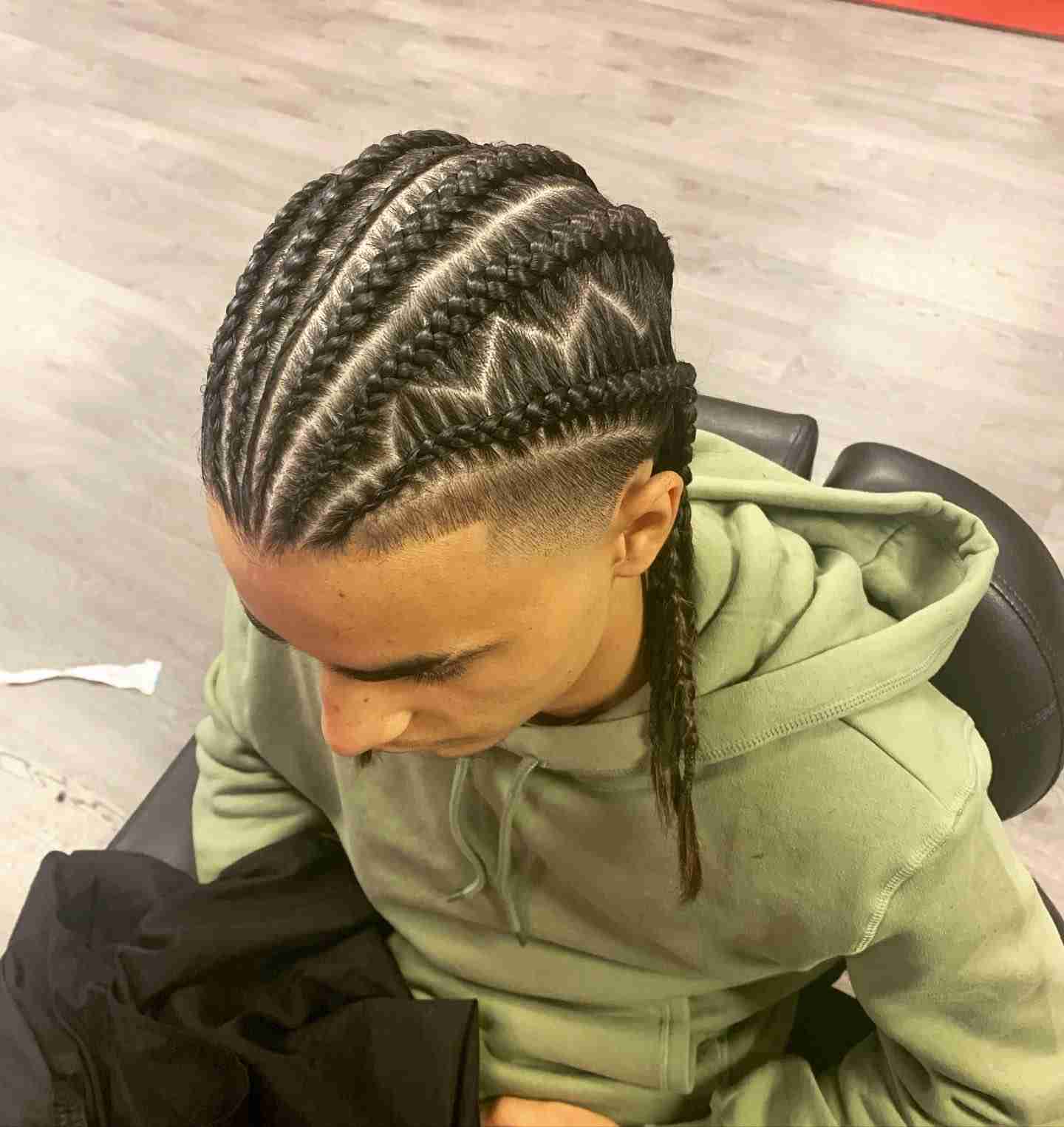
@fannypack514 - Instagram
Cornrows can last anywhere from 3-6 weeks. Thesecret cornrows is to keep them clean and moisturized.
Cornrows don't need to shampoo every day, like box braids, cornrows require some upkeep in order to stay fresh and neat. Try to shampoo time to time and make sure to use a mild shampoo and follow up with a conditioner. You'll need to re-tighten them every few weeks and use moisturizing products on your scalp to prevent dryness and itchiness.
Cornrows are a type of braid that is very popular, especially among African Americans. Cornrows are often worn as an everyday hairstyle, but they can also be used for special occasions, such as weddings and proms.
Senegalese Twists
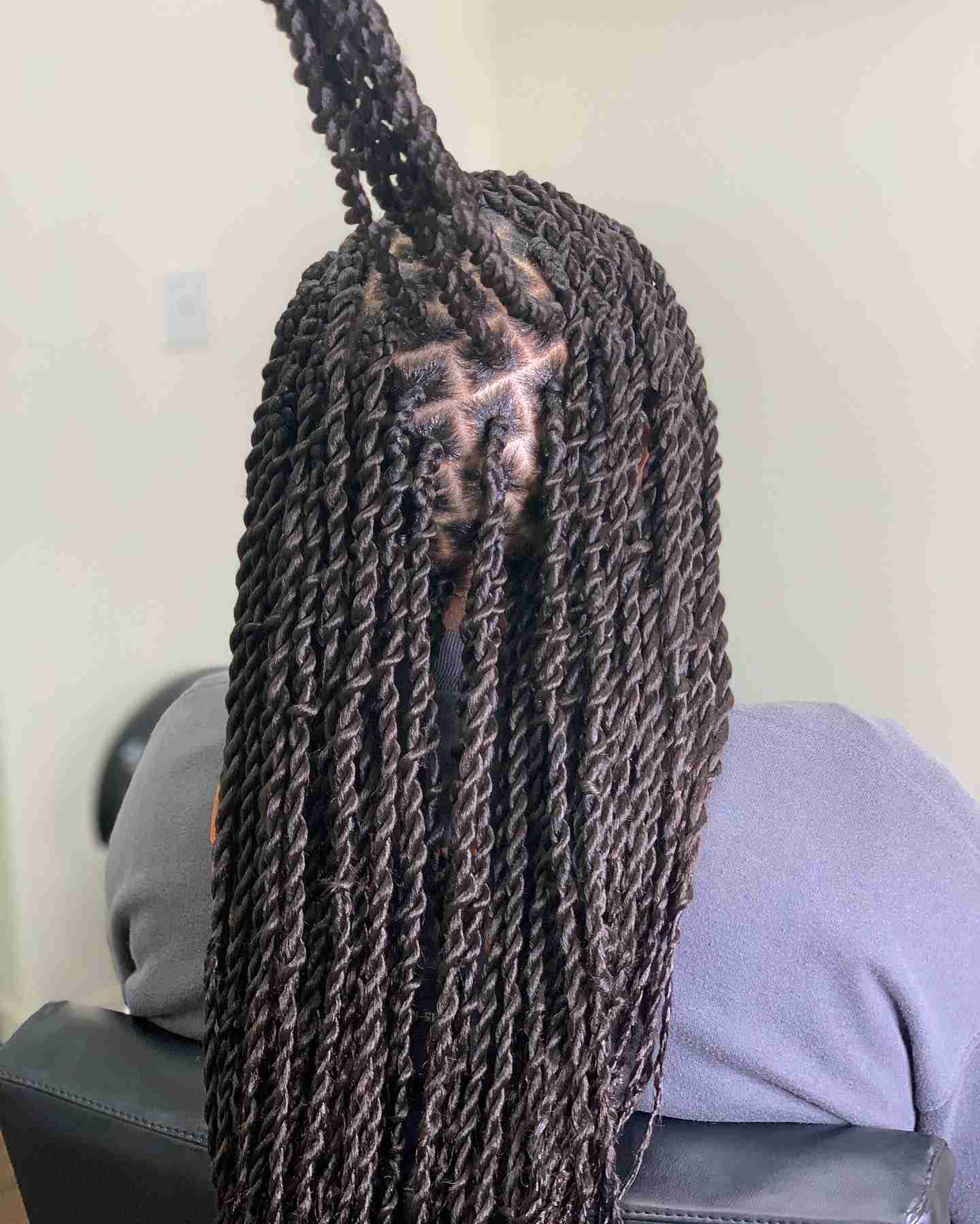
@styledby.bree - Instagram
Senegalese twists, a versatile and stylish braid option, typically have a lifespan of 6 to 8 weeks.
Their durability can be attributed to the use of smaller sections and the twisting technique. To extend the lifespan of Senegalese twists, it is crucial to avoid excessive pulling or tugging on the twists and regularly moisturize the hair and scalp.
Additionally, protecting the twists at night with a satin bonnet or scarf can help minimize friction and prevent frizz.
Ghana Braids
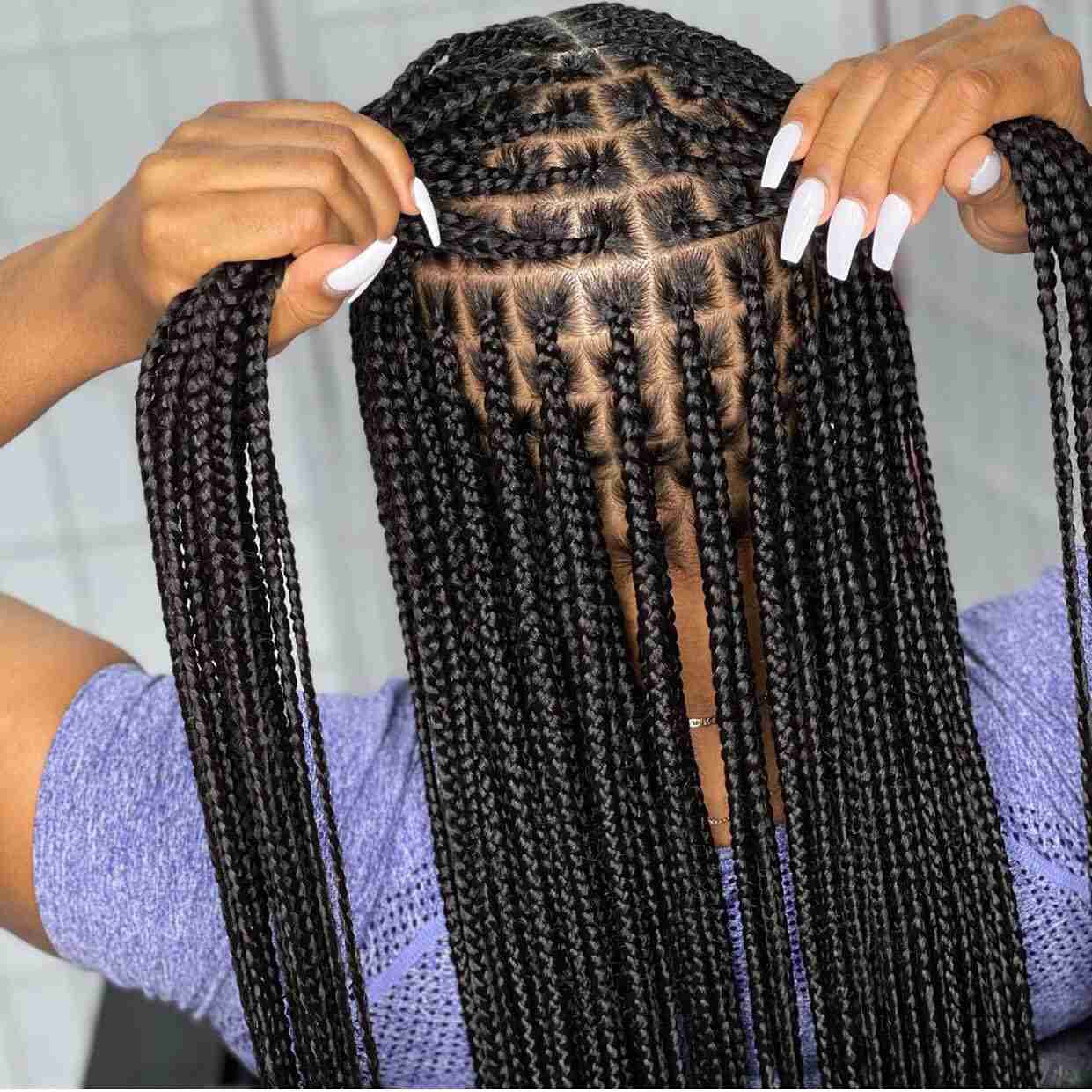
@hair_styles_hub - Instagram
Another popular braid style to consider is Ghana braids, also known as Ghanaian braids or invisible cornrows.
These braids are intricately woven close to the scalp and can last for 4 to 8 weeks.
To maximize their longevity, it is important to ensure that the braids are not too tight during installation, maintain a clean and moisturized scalp, and protect the braids at night with a silk or satin scarf or bonnet.
Knowing When to Remove Your Braids
There comes a time when it's necessary to remove them to maintain the health of your natural hair and scalp. Recognizing the signs that indicate it's time to take down your braids is crucial.
One clear indication is when the braids start to feel heavy or cause excessive tension on your scalp. This can result in discomfort, headaches, or even hair breakage.
Additionally, if you notice any signs of damage or breakage on your natural hair, such as thinning, split ends, or excessive shedding, it's a strong indication that your braids have reached their limit.
Inspecting your scalp is equally important. If you experience persistent itching, flaking, or redness, it may indicate an allergic reaction or scalp irritation caused by the braids. It's essential not to ignore these warning signs as prolonged tension or damage can lead to more severe issues like traction alopecia.
When it comes to safely removing your braids, it is recommended to seek professional advice, especially if you are unsure about the process.
Professional braiders or hairstylists can guide you on the best practices and techniques for removing braids without causing unnecessary damage or breakage to your natural hair. They can also provide valuable tips on aftercare and how to restore the health and moisture balance of your hair and scalp.
Final Thoughts
We have delved into various aspects surrounding the lifespan of knotless braids and other popular braid styles.
Throughout this post, we explored the definition and installation process of knotless braids, highlighting their seamless and natural-looking appearance. We also discussed the factors that affect the longevity of knotless braids, such as hair type, styling techniques, and care and maintenance practices.
It is important to emphasize the significance of proper care and maintenance in prolonging the lifespan of braided hairstyles.
Regular cleansing, moisturizing, and protecting the hair and scalp are essential practices. Avoiding excessive tension, minimizing manipulation, and seeking professional advice when needed contribute to maintaining the health and integrity of both the braids and natural hair.
Some types of braids tend to last longer than others with proper care and maintenance. So if you're looking for a long-lasting hairstyle option Don't hesitate to seek guidance from a professional. These types of braids should definitely be at the top of your list!
While braided hairstyles offer versatility and beauty, it's crucial to recognize their limitations and practice responsible hair care.
Enjoying the versatility of braided styles can go hand in hand with understanding when it's time to remove them and give your hair a break. By practicing responsible hair care, we can ensure the long-term health and vitality of our natural hair.

